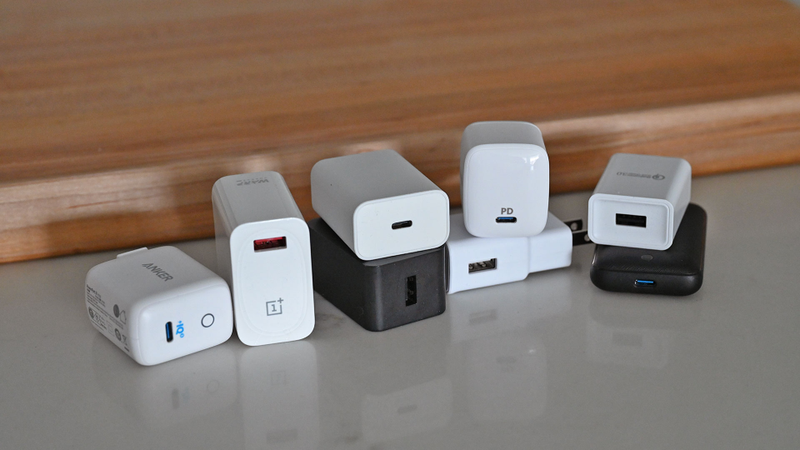
EU Officially Votes to Create a Standard Charging Adapter for Phones Despite Apple's Protests
by Sam RutherfordAfter a debate that had raged on for more than 10 years, the European Parliament has finally voted in a landslide 582-40 decision to create a standard charging solution for all phones and other small to medium-sized mobile devices.
The goal of the new resolution is to help standardize the mobile device industry around a single charging adapter while also reducing electronic waste. The EU claims more than 50 million metric tons of e-waste are created globally each year, with Europeans responsible for around 12.3 tons of e-waste in 2016. According to the EU, that averages out to more than 30 pounds of electronic waste per person every year, with some slice of that being power bricks that get thrown out as trash.
However, while the EU has voted to move forward with its plan to create a standard charging adapter, legislators have not decided exactly on what form this new charger will take, and are hoping to have new guidelines in place by July.
Theoretically, by making a standard charging adapter, device makers would not be obliged to include their own power brick in every box alongside the primary device, reducing the need to manufacture charging adapters people might not need and potentially reducing the price of each gadget by a small amount.
Prior to the EU’s recent vote, Apple argued against the creation of a common charger by claiming that forcing device makers to use a single charger would stifle innovation and actually increase e-waste (at least in the short term) as hundreds of gadget makers would be forced to adjust to the EU’s new regulations.
Another potential concern is that the new rules could force Apple to ditch its proprietary Lightning Connector which the company uses on the iPhone and some of its iPads. However, that may not necessarily be the case as it appears the EU is mostly focused on creating a standard charging adapter rather than forcing individual devices to use a specific port for charging.
If the EU goes with the most obvious candidate and creates a power adapter based on USB-C, it might not be that big of a deal for Apple as the company already makes USB-C to Lightning cables that could work with the EU’new common adapter.
A potentially bigger issue for device makers is that a common charger for the EU could wreak havoc with the large number of fast-charging standards currently in use, which range from Qualcomm’s Quick Charging protocol to OnePlus’ Warp Charging and more.
It’s also possible that the EU could create two common chargers—one for wired charging and another for wireless charging. This could help reduce the number of wireless charging adaptations such as Xiaomi’s 30-watt Mi Charge Turbo.
In the long run, creating a standard charger for phones and other small electronics is probably a good idea, just as long as the EU includes provisions allowing for incorporating updates to charging protocols like USB-PD down the line. And if a common charger helps speed up the death of microUSB, that’ll be a nice bonus.